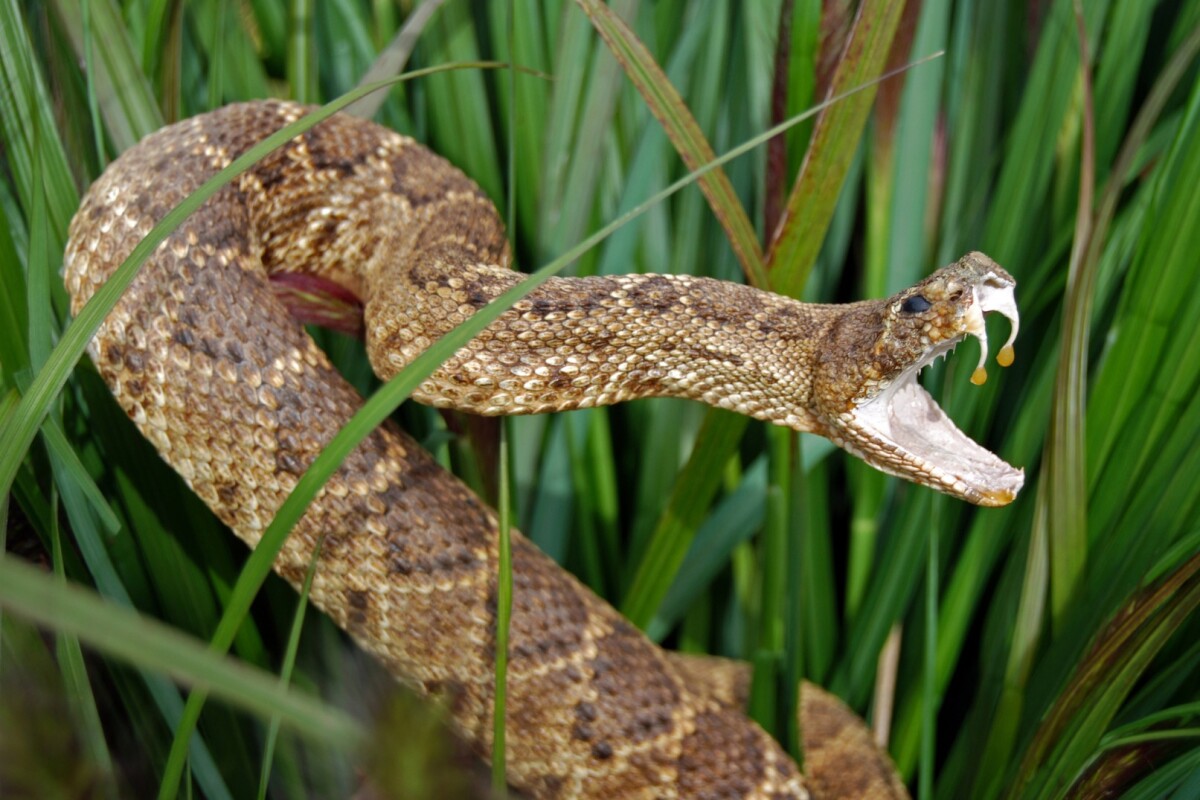With bacteria becoming ever more resistant to our best antibiotics, scientists are searching high and low for new ones in nature. Potential candidates have so far shown up in berries, honey, maple syrup, human breast milk, fungi, frog skin, and even platypus milk, and now a team from Australia and Spain has discovered a promising peptide in the venom of the South American Rattlesnake.
Antibiotic-resistant bacteria, or "superbugs," are one of the most pressing problems facing humanity today. Overprescription and overuse of drugs during the last few decades has led to bacteria that have evolved resistance to them. A recent report warned that if nothing is done, by 2050 we could be "cast back into the dark ages of medicine" where our drugs simply don't work and even the most routine of procedures becomes life-threatening again.
To keep ahead in the arms race, scientists are developing a range of new materials and drugs to fight superbugs. The new study, involving researchers from the University of Queensland in Australia and Pompeu Fabra University in Spain, has tested a new antibiotic candidate found in the venom gland of rattlesnakes.
Previous research found that the peptide crotalicidin has antimicrobial properties, and that using only a certain fragment was just as effective at killing bacteria but was less toxic to healthy cells. In the new study, the researchers put the peptide fragment to work against bacteria like E. coli and Pseudomonas aeruginosa.
Sure enough, the treatments killed about 90 percent of the E. coli within 90 to 120 minutes, and the same percentage of the P. aeruginosa in five to 30 minutes. The peptide's effectiveness – and its safety for healthy cells – stems from its electrostatic attraction to the surface of the bacteria.
"The peptide is positive while the bacteria is negative, allowing it to kill the bacteria by inserting and disrupting the membrane," says Sónia Troeira Henriques, co-author of the study. "Because the cells in the body hosting the infection are neutral, they are not disrupted."
The researchers will continue to study the peptide with hopes of eventually using it as the basis of a new antibiotic, as well as hunting for other peptides that might perform similar functions.
"This is an example of taking what nature has given us and trying to understand how it works, so we can modify it to be more potent, more stable or more drug-like, to use as an alternative to what we have in our pharmacy now," says Henriques.
The research was published in The Journal of Biological Chemistry.
Source: University of Queensland




